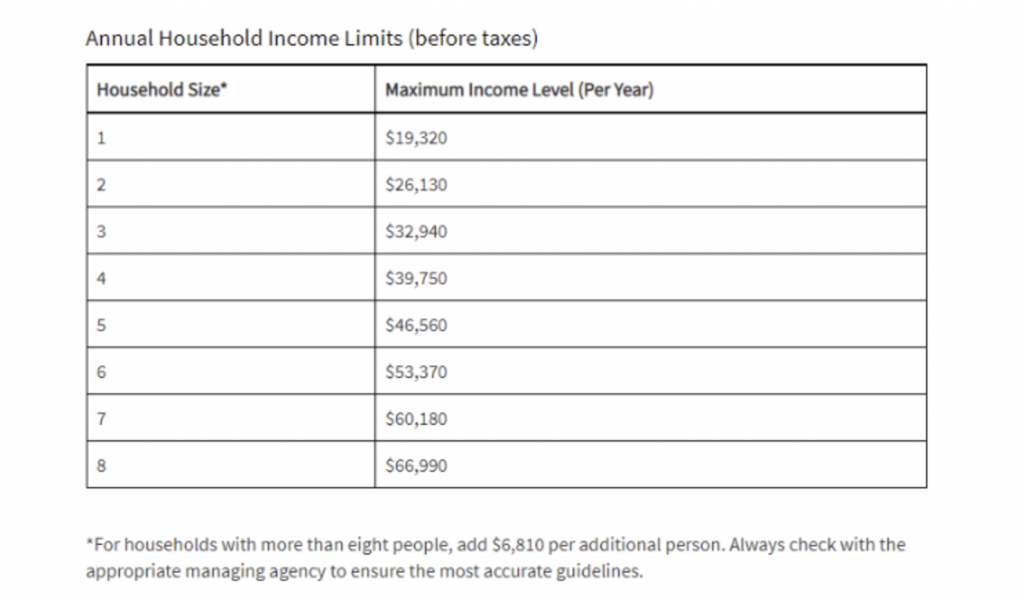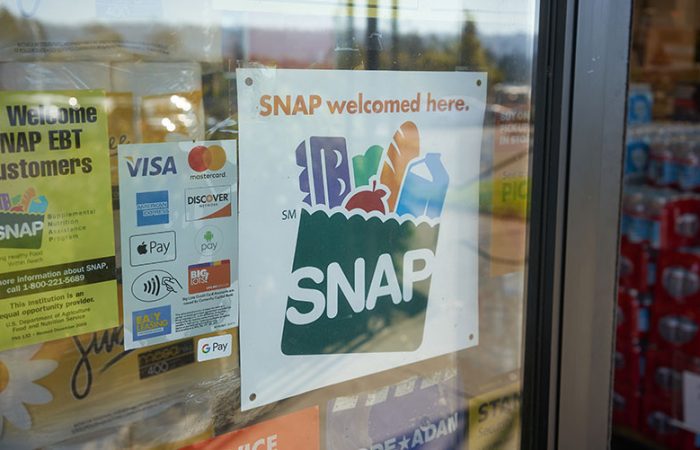Helps Keep Utilities Connected for Low Income Families with Rising Energy Costs
What is LIHEAP?
These certainly are unprecedented times which means a lot of uncertainty for families who find themselves in the lower income brackets. The government is working overtime to support programs that are designed to help keep these families in functional homes. LIHEAP specifically assists eligible households with heating and cooling costs, bill pay assistance, energy-related home repairs, energy crisis assistance and more.
This is a federally-funded program, but eligibility and severity of your situation are determined by the state you live in. In an effort to reduce the risks associate with unsafe heating and cooling practices, this program may help with home repairs or weatherization, which simply put, means making your home more energy efficient thus reducing overall energy costs.
Qualifications and Program Eligibility
LIHEAP is a federally-funded program but you will need to reach out to a local office to determine what your state is looking for in terms of eligibility requirements, how to apply, and the required documents. What is covered by the program can also change state to state. In most cases all electric costs and repairs are covered, but expenses such as water and sewer may not be.
You could be automatically qualified if you are already receiving help from other federal programs that determine eligibility based on income. These programs include, but are not limited to the Supplemental Nutrition Assistance Program (SNAP), Supplemental Security Income (SSI), or Temporary Assistance for Needy Families (TANF). Being accepted into one or more of these programs does not guarantee acceptance into LIHEAP but it certainly helps. Do not automatically assume that you qualify for energy assistance, it is recommended that you reach out to your local department to verify your eligibility.
The two main factors that define your eligibility are income and household size. For example, if you are a four-person household and earn $39,750 annually, then you are eligible for the LIHEAP. Household size tends to be limited to eight occupants but that is a guideline more than a rule.
Table 1: Maximum income level per household size

How To Apply
Step 1: Locate your local LIHEAP office. The U.S. Department of Health and Human Services can profit you with an office locator.
Step 2: Request energy assistance
Step 3: Collect all relevant documentation needed to apply (see below)
– Proof of Identification and SSN
– Verification of address
– Your citizenship status
– Proof of income (This could include tax records or payment stubs)
– Bank statements and\or financial statements
– Proof of government benefits that you currently receive
– Proof of assistance required
The last document that you will need to provide is a form of evidence as to why you will need assistance. The proof of required assistance includes energy bills, weatherization estimates, or required home repairs that are energy-related. All of the documents that you provide the Program will determine your eligibility and the amount of benefits you might receive.
You should remember that if a member of your household takes part in any federal benefits program, then you may be automatically qualified for the LIHEAP.
If you have an injury or illness that prevents you from working a full-time job, you could receive up to $3,148 per month in financial assistance from the Federal Government. To see how much you could qualify to receive, please complete this short 30 second form.
Please Note: The information presented here is no longer current. For the most recent updates, refer to the government official sources.



